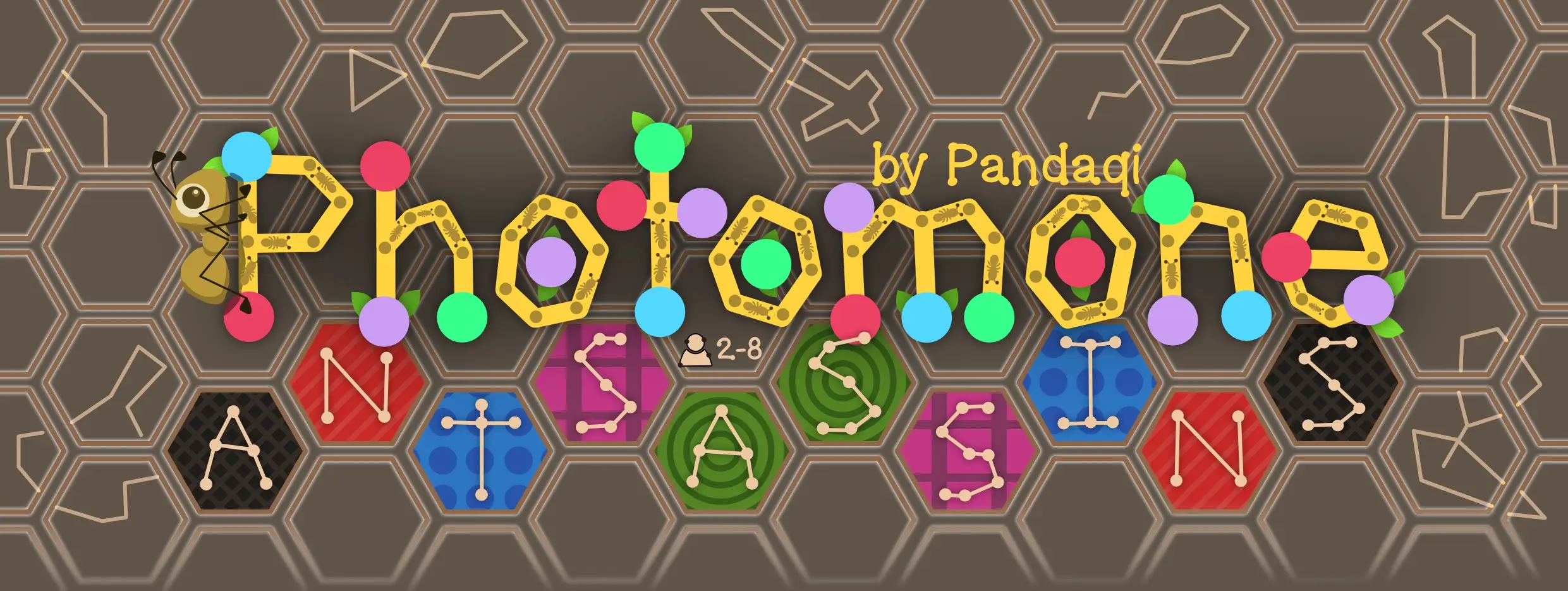Divide the players into pairs ( = teams of 2). If your player count is odd, include one team of 3.
Shuffle the code cards and give each player one. Rotate this code card such that your team’s color is at the bottom.
The code card shows the “secret tile” of your teammate that you, somehow, must communicate during the game. It also contains other special tiles, explained later.
Finally, shuffle the tiles. Arrange them in a grid to match the layout on the code cards.
On the website, you can pick whatever tile type you want. The rules are identical for all. However, do not “mix” different tiles in the same game.

Be the first team to guess all your secret tiles!
Take clockwise turns. Each turn has two optional steps: clue and guess.
Give a clue to your teammate about which tiles are NOT the secret tile.
Say a word that describes a group of tiles. Also say a number equal to the size of that group.
You can say everything, except letters, numbers, shapes or colors.
In a team of 3? Provide clues for teammates in a circle (1 -> 2 -> 3 -> 1).

Guess your own secret tile by tapping it with your finger. Your teammate reveals the result …
- Correct? Great! If your team has now guessed all its tiles, you win.
- Almost? (darker color, no glow) Your teammate says “almost”.
- Antsassin? (black tile) Your team is out of the game.
- Otherwise? Do nothing.
If the antsassin eliminated all teams but one, the remaining team wins.

Playing cooperatively? The tokens are required. After each turn, mark a secret tile from another team’s color (that isn’t in the game). If somebody can’t mark another tile anymore, you’ve lost the game.
The almost tiles appear in one of three ways: same column, same row, or adjacent (to the secret tile of its team).
The team to which the tile belongs executes its action (if it has one).
The team picks which of its members takes the action. If this team isn’t in the game, pretend the tile is from your own team.

